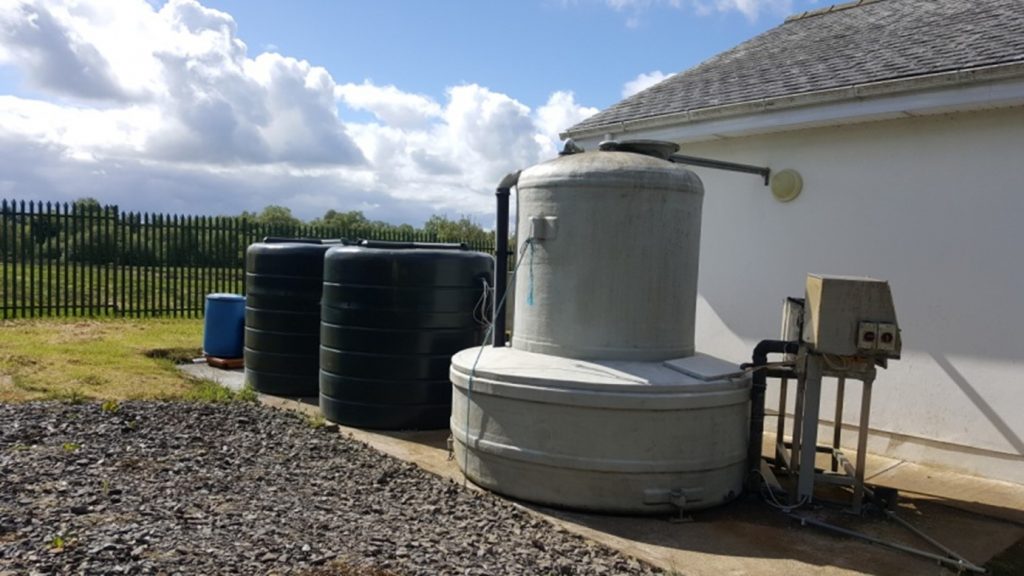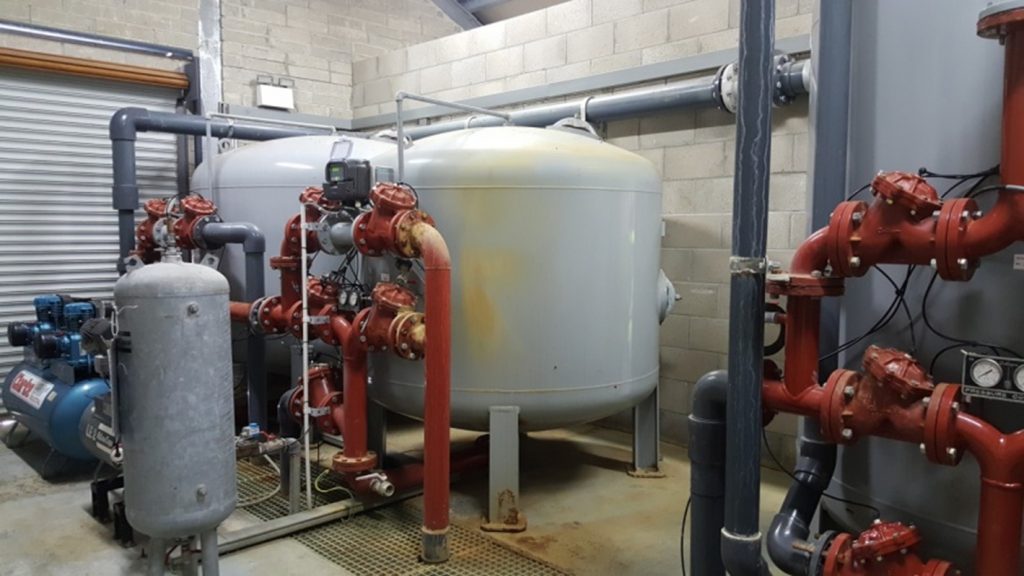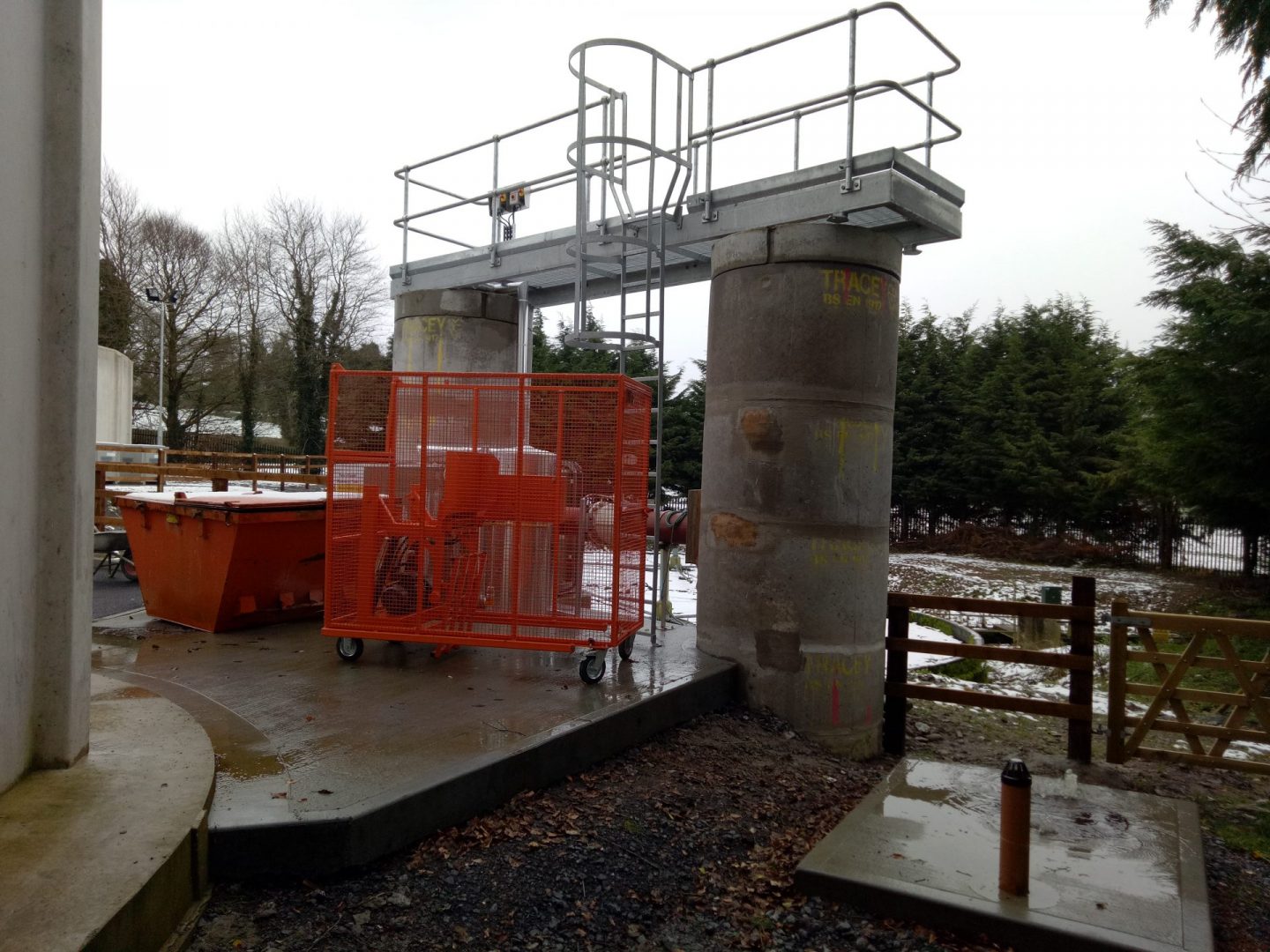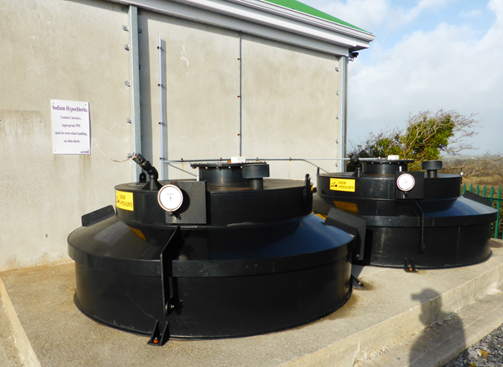In March 2017, TOBIN was employed by Crossdoney GWS (Co. Cavan) to undertake a process review of the existing water treatment installation.
Crossdoney GWS was one of four GWS included in the South-West Cavan DBO Bundle. TOBIN Consulting Engineers were appointed in 2003 by Cavan County Council to the South West Cavan Water Treatment Project. That appointment included the procurement of water treatment facilities for a bundle of 4 Group Water Supply Schemes, located in Counties Cavan and Meath, through a DBO Contract. TOBIN procured a Contractor (EPS,) to design and build new WTWs for the four schemes and to operate the plants for 20 years.
There had been ongoing problems in relation to THM exceedances on the Crossdoney GWS and in March 2017 Cavan County Council instructed Crossdoney GWS to engage a technical representative to carry out a detailed examination of the existing treatment process and a detailed audit of the treatment plant. TOBIN Consulting Engineers were appointed to undertake this review and to make recommendations to deal with Trihalomethane (THM) exceedances that were being recorded on the supply network on an ongoing basis.
The average day demand for the Crossdoney GWs was 620m3/d. The pipe network consisted of a mixture of 40-year-old PVC pipes varying from 50mm to 225mm in diameter, with some 9km of new 125mm diameter PE pipe installed in 2008. The distribution network covers an area from just north of Bellananagh, northward to the townland of Killygowan, and from Cavan Town westwards to the shores of Lough Oughter. The scheme serves some 450 consumer connections, consisting of 350 houses and 100 farm or commercial connections.
The report prepared in July 2017 recommended that existing TOC removal efficiencies should be confirmed through an intensive testing programme, a program of THM formation potential calculations for raw and filtered water samples should be implemented to set a target reduction for THM based on TOC removal (to confirm the most suitable coagulant, pH values, and chlorine dose requirements), reconfiguration of the chlorine contact tank as a settlement tank, and the installation of a DAF tank to increase TOC removal efficiencies.




